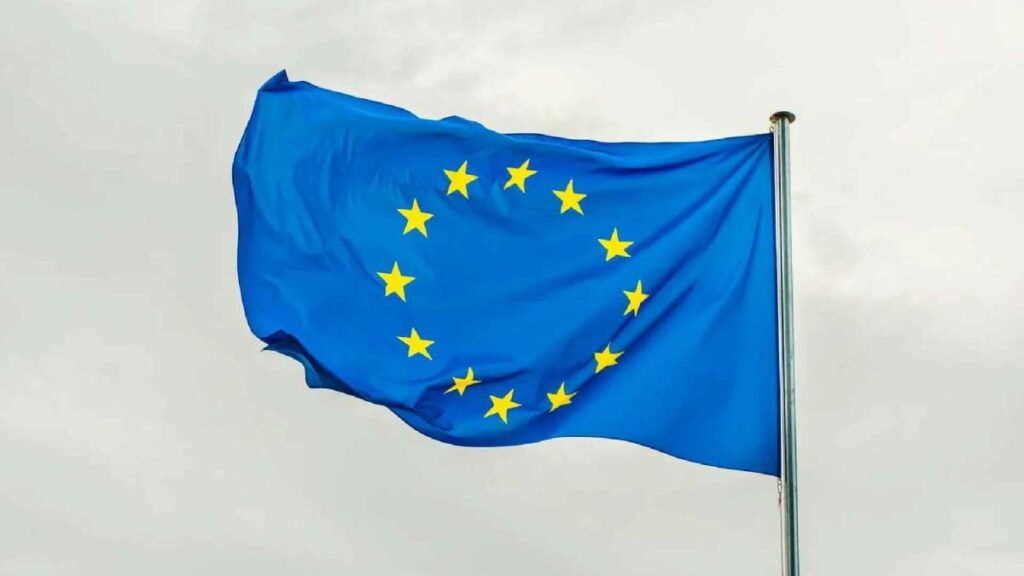Background on the Eurozone and Inflation
The eurozone’s inflation rate remained constant in July, contradicting expectations that the increase in consumer price levels would ease. The European Union’s statistical agency, Eurostat, reported that the decline in energy prices was less than the previous month’s drop, contributing to the stable inflation rate.
Inflation Forecasts and Actual Figures
Analysts surveyed by FactSet and Bloomberg had predicted an inflation rate of 1.9%. Nevertheless, July’s figure aligned with the European Central Bank (ECB) target of 2.0%. This demonstrates that the ECB’s monetary policy has maintained inflation close to its objective.
Subjacent Inflation and Energy Price Trends
The subjacent inflation rate, which excludes volatile energy, food, alcohol, and tobacco prices, also stayed at 2.3%, as anticipated. Energy price declines fell by 2.5% in July, a smaller decrease than the 2.6% drop observed in June, according to Eurostat data.
Impact on the Eurozone and its Citizens
The steady inflation rate in the eurozone has significant implications for its 340 million residents. A stable inflation rate helps maintain purchasing power, ensuring that consumers’ money retains its value over time. Moreover, it aids the European Central Bank in fulfilling its mandate of maintaining price stability.
Relevance of the European Central Bank (ECB)
The ECB plays a crucial role in the eurozone’s monetary policy. With a population of 19 countries using the euro as their official currency, the ECB aims to ensure price stability, support the general economic policies of the EU, and contribute to the smooth operation of payment systems. By keeping inflation close to 2%, the ECB helps maintain confidence in the euro and supports sustainable economic growth.
Key Questions and Answers
- Q: What is the current inflation rate in the eurozone? The inflation rate in the eurozone remains steady at 2% in July, according to Eurostat.
- Q: How did energy prices affect the inflation rate? Despite a 2.5% decline in energy prices during July, the overall inflation rate stayed constant due to other factors maintaining upward pressure on prices.
- Q: What is the subjacent inflation rate, and why is it important? The subjacent inflation rate, excluding volatile energy, food, alcohol, and tobacco prices, was 2.3% in July. This rate is crucial as it indicates underlying inflationary pressures, helping the ECB make informed monetary policy decisions.
- Q: How does the ECB’s performance impact eurozone citizens? By keeping inflation close to its 2% target, the ECB helps maintain purchasing power and supports sustainable economic growth for the eurozone’s 340 million residents.






